Wildlife Garden Turf: Creating Mini Meadows For Wildlife
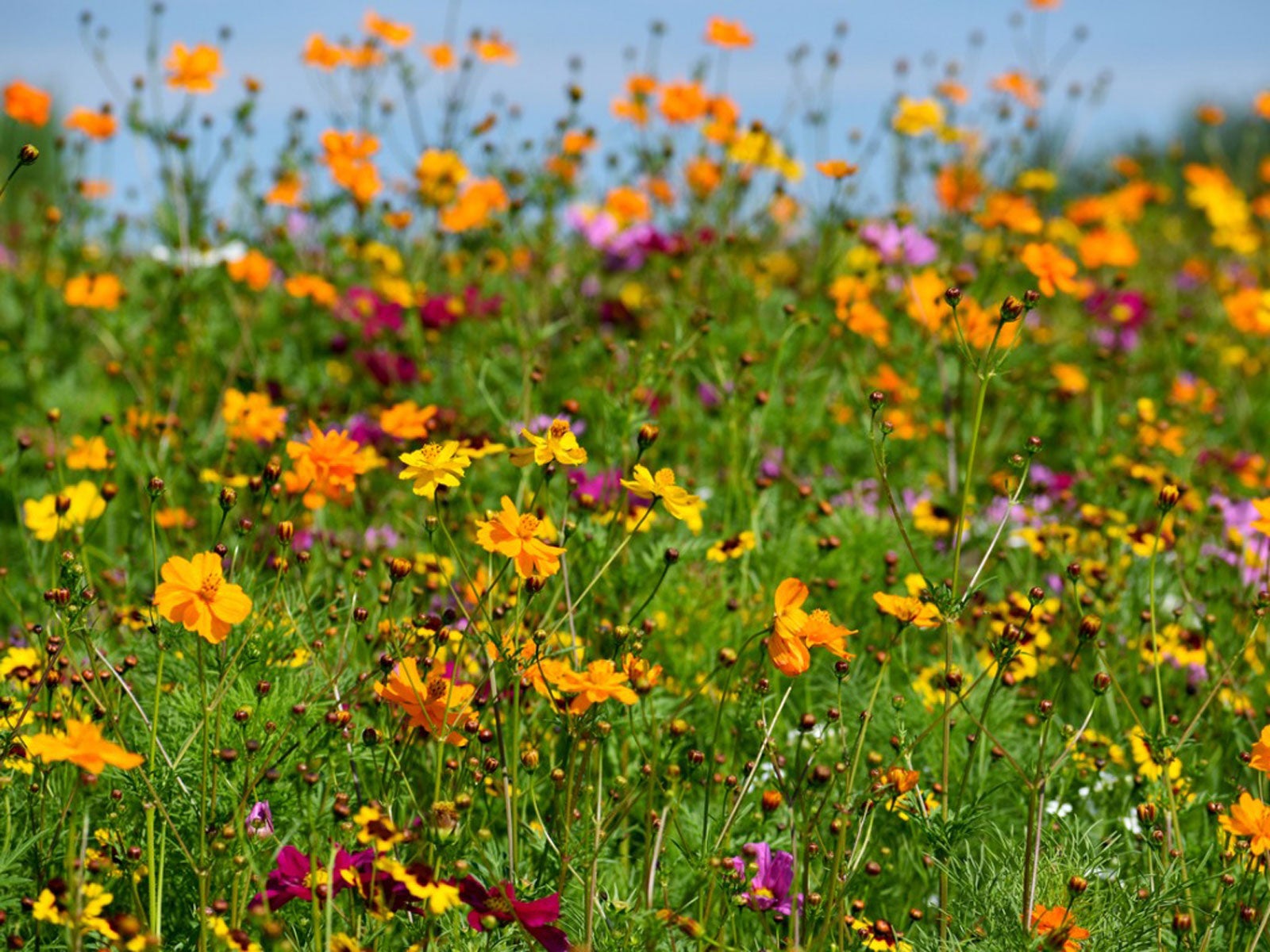

The appeal of a perfect, green lawn is strong, but more people are turning to wildlife-friendly, natural alternatives. A wildflower meadow lawn is one option. There are a lot of reasons to ditch traditional turf for creating mini meadows, from less maintenance to supporting the local ecosystem.
What is Meadow Turf?
Meadow or wildflower turf is a more natural alternative to turf grass. It consists of wildflowers and grasses, ideally that are native to your region. Technically speaking, a meadow is made up of more than 50 percent forb, non-grass flowering plants. This is as compared to grasslands, which are more than half grasses.
Why Create a Meadow?
Wildflower turf for wildlife is a great way to create a more natural environment for your yard. Turf grass is not natural and doesn’t support wildlife as well as a variety of native species. With wildflower turf, you’ll see more pollinators, native insects, birds, and other animals. It provides them with shelter and food.
Another good reason to forgo the standard turf is maintenance. A natural turf needs to be installed or grown, but then it thrives without much intervention. You will save time, effort, and water as compared to grass.
Creating and Maintaining Wildlife Garden Turf
There are a few strategies you can use to create a wildflower meadow lawn:
Stop mowing your turf grass and let it grow. Over time new species will naturally colonize the area. Either start from scratch or use the first method but with added seeds for native species. Include a mix of grasses and wildflowers. Use prepared wildflower or meadow turf. This is just like sod for a lawn but with a mix of the right species for a meadow. More common in the U.K., you can find this turf in some places in the U.S.
Laying out turf is the quickest way to get a full meadow lawn. To use it, first remove regular turf and as many roots as possible. Next, amend the soil to be poorer in nutrients. This is what wildflowers prefer. You can remove topsoil and use poorer subsoil or add a layer of nutrient-poor topsoil. Turn up the soil a little to loosen it and lay the turf. As with sod, you will need to cut pieces to fit the area you are covering.
Gardening tips, videos, info and more delivered right to your inbox!
Sign up for the Gardening Know How newsletter today and receive a free copy of our e-book "How to Grow Delicious Tomatoes".
Water the turf regularly for a few weeks and avoid walking on it. Once the roots are established, you should not have to water the meadow.
A meadow should be mowed, but much less often than standard turf. Mow your wildflower turf just once or twice a year to encourage a greater diversity of species to take root. As a result, you’ll get more diverse wildlife too.

Mary Ellen Ellis has been gardening for over 20 years. With degrees in Chemistry and Biology, Mary Ellen's specialties are flowers, native plants, and herbs.
-
 Looking For Plants To Give You The Soft And Fuzzies? Try These 5 Fuzzy Leaf Plant Options
Looking For Plants To Give You The Soft And Fuzzies? Try These 5 Fuzzy Leaf Plant OptionsLovers of texture, drama, silver foliage and tactile plants will adore these special sensory garden additions. These fuzzy leaf plant options will leave you all aglow
By Susan Albert
-
 Get Ready For A Summer Of Hummers! Grow These Full Sun Hummingbird Plants and Flowers
Get Ready For A Summer Of Hummers! Grow These Full Sun Hummingbird Plants and FlowersIf you’re lucky enough to enjoy a sunny backyard, make sure you are maxing out on your pollinator opportunities and grow these full sun hummingbird plants and flowers
By Tonya Barnett
-
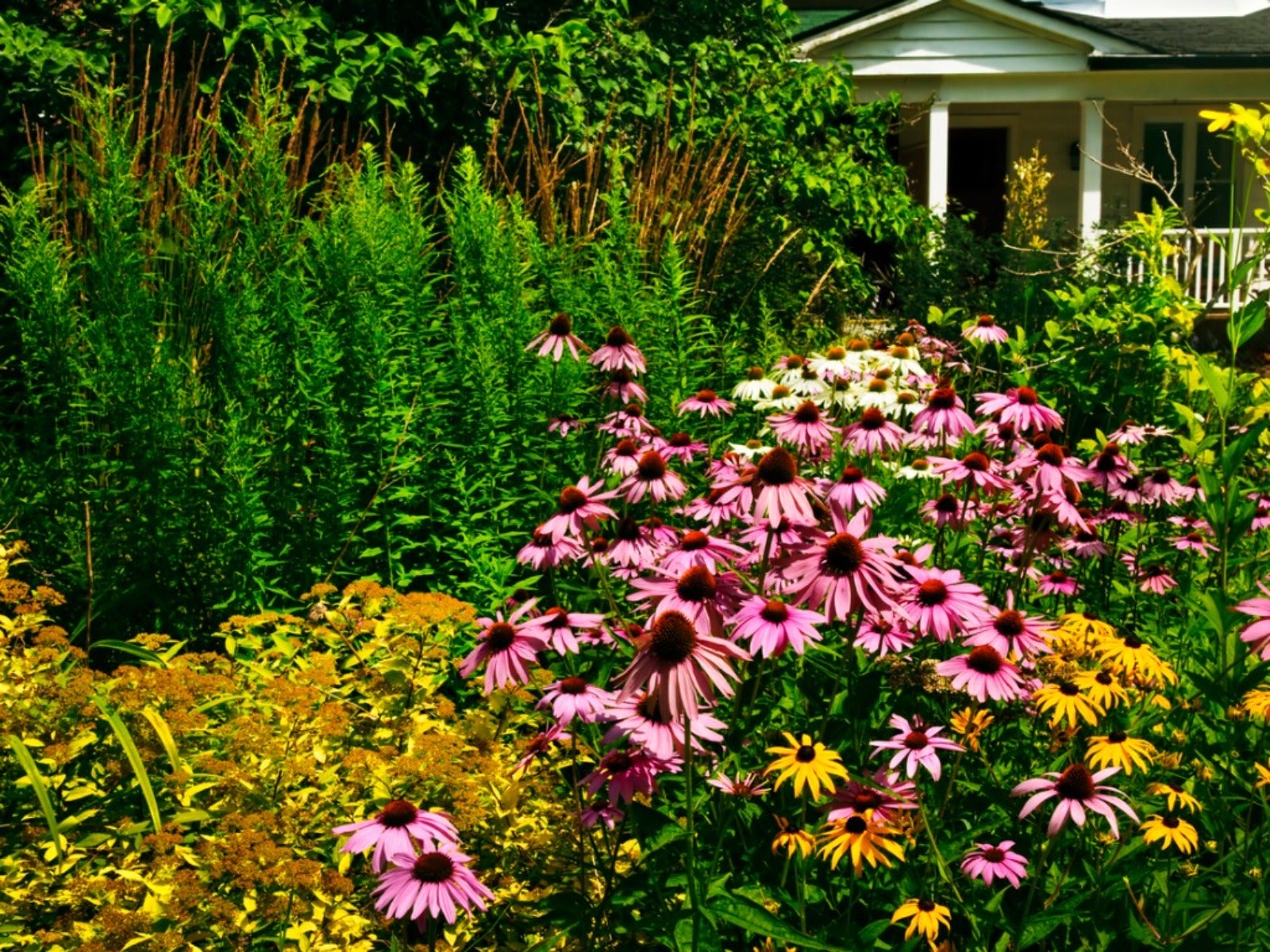 Why You Should Ditch The Grass And Grow A Prairie Lawn
Why You Should Ditch The Grass And Grow A Prairie LawnLearn why a prairie yard with native grasses is far more earth-friendly than a standard tuf-grass lawn.
By Mary Ellen Ellis
-
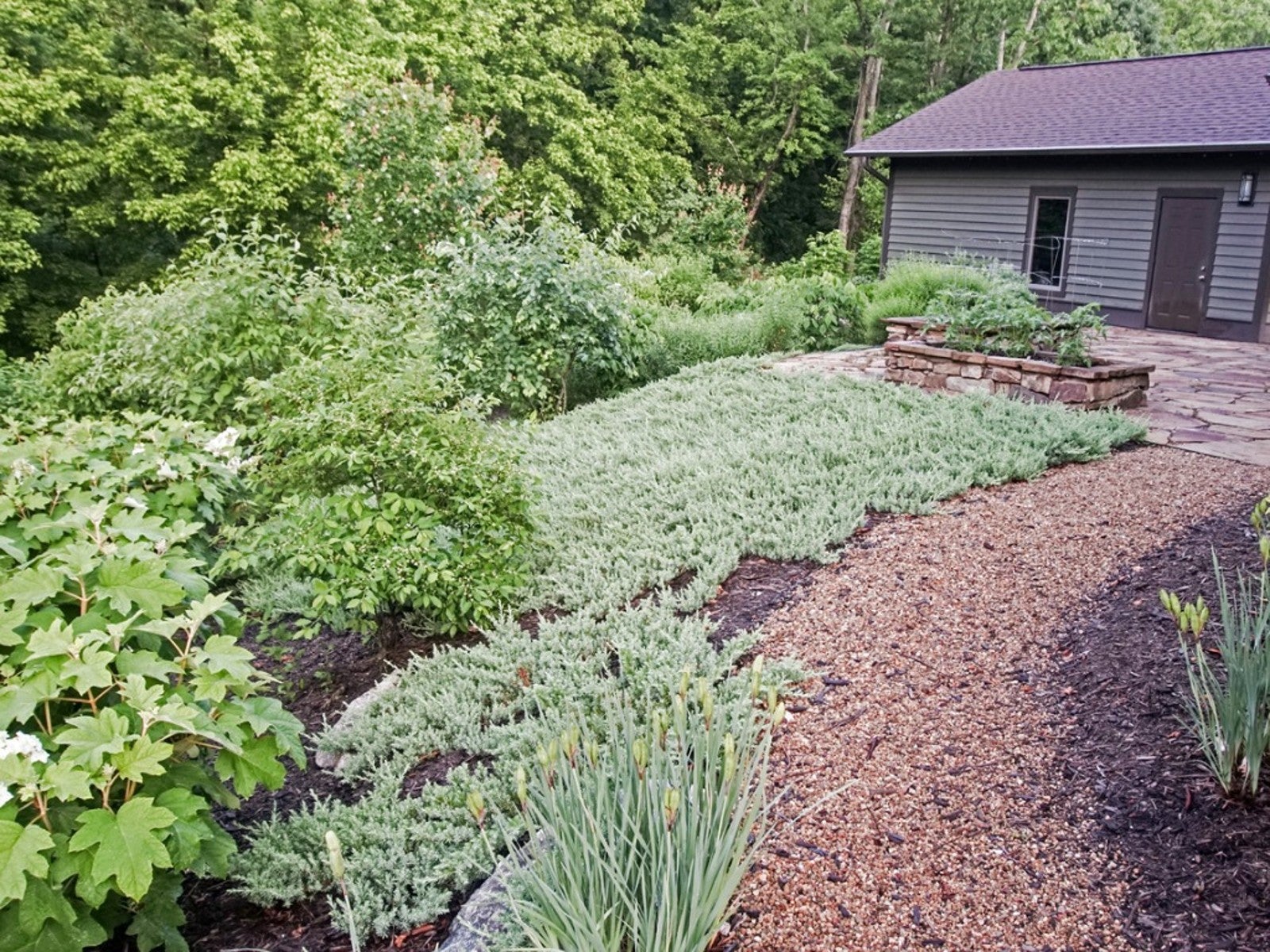 Grass Alternatives For Shade: Lawn Substitutes For Shade Yards
Grass Alternatives For Shade: Lawn Substitutes For Shade YardsMany people know the struggle of trying to grow grass in a shady yard. If you're one of these people, consider a shady lawn alternative.
By Mary Ellen Ellis
-
 What Is Naturescaping – Tips For Planting A Native Lawn
What Is Naturescaping – Tips For Planting A Native LawnGrowing native plants instead of lawns can be better for the local environment and, ultimately, requires less maintenance, but it does require a big initial effort. A lot of work goes into removing existing turf and naturescaping an entirely new landscape. Learn more here.
By Mary Ellen Ellis
-
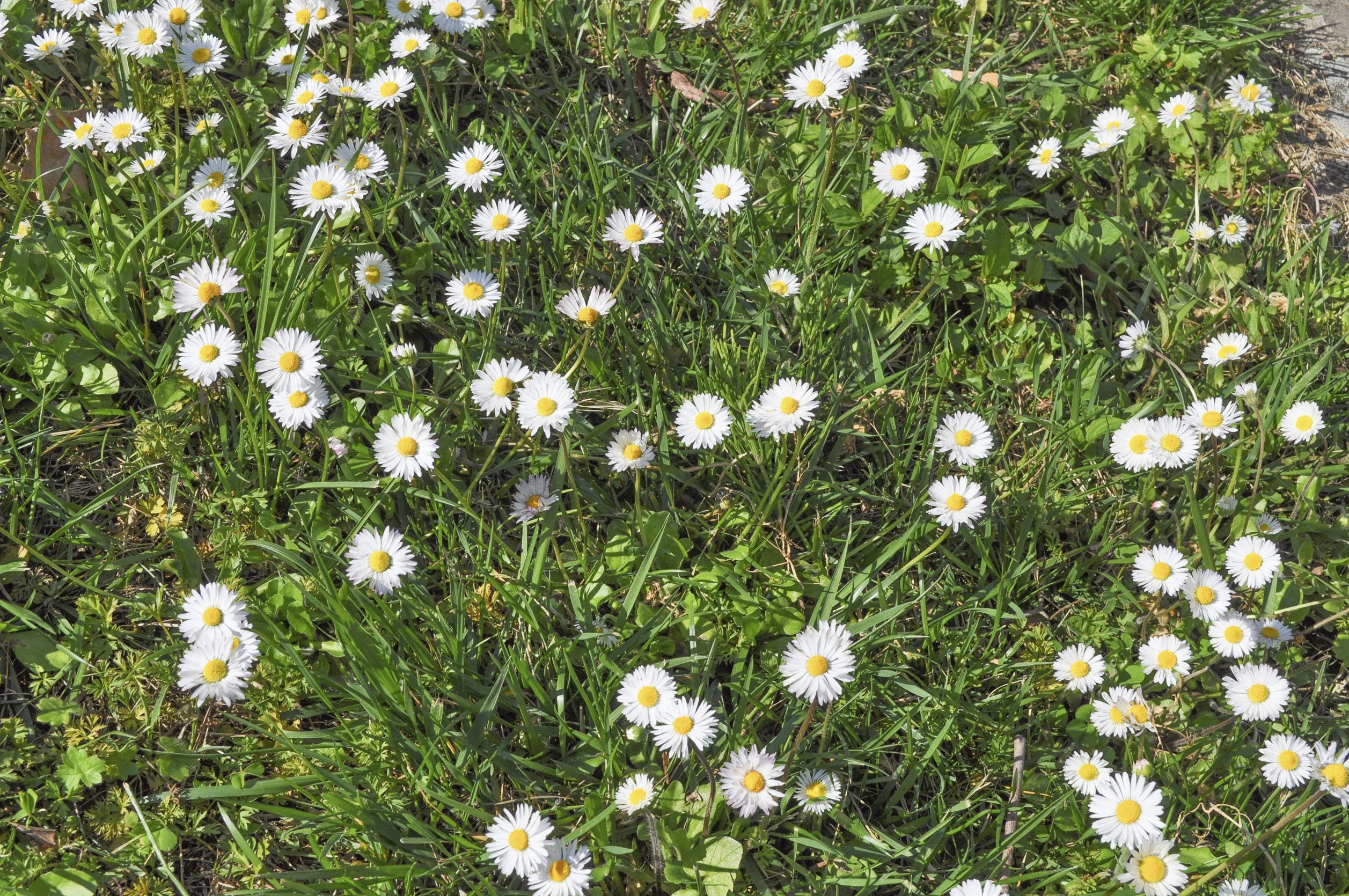 Wildflower Lawns: Tips On Growing Flowering Lawns
Wildflower Lawns: Tips On Growing Flowering LawnsMany people are looking for lawn alternatives to reduce watering, fertilizing, and mowing. Wildflower lawns are one option. This article has more information.
By Teo Spengler
-
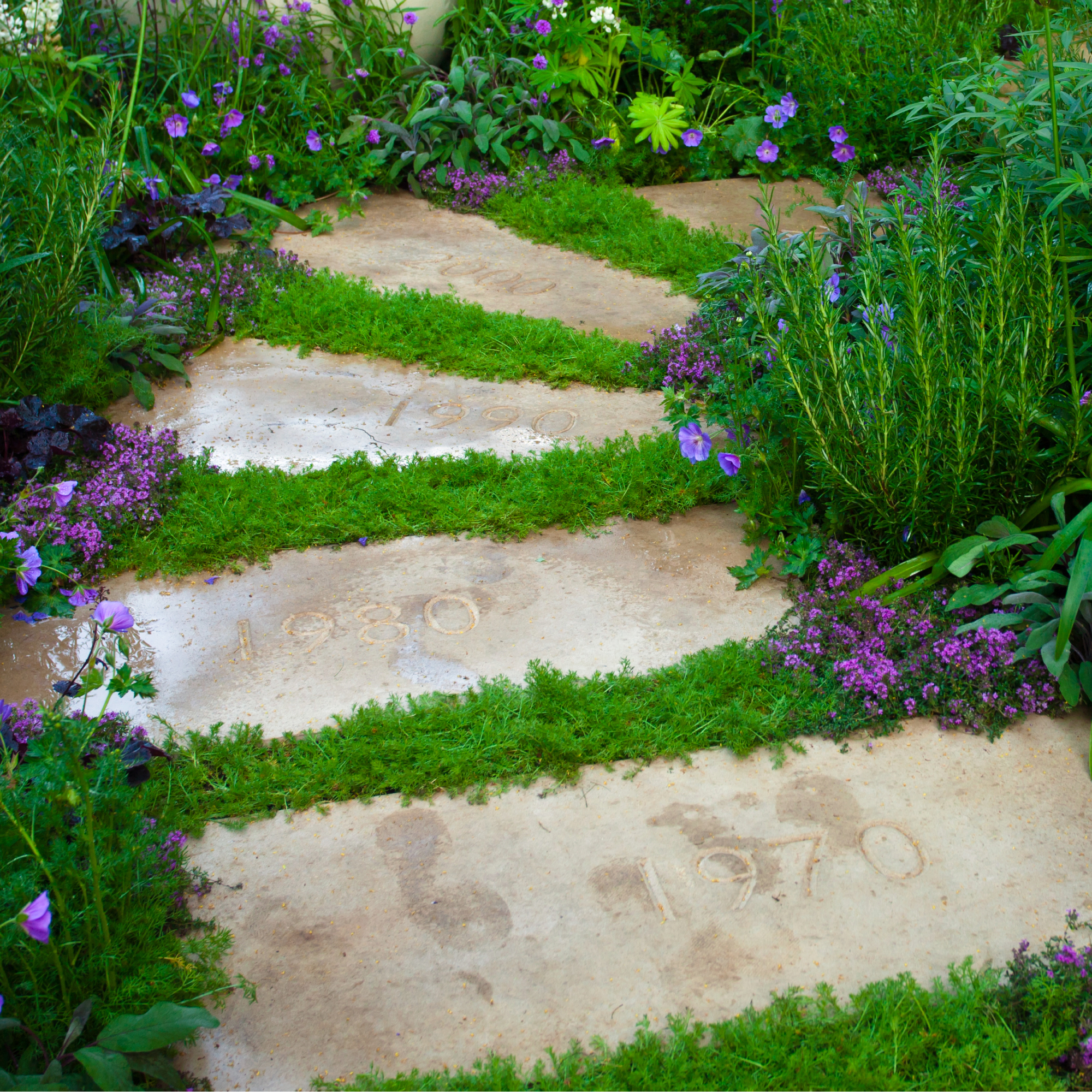 Best Steppable Plants: Learn About Plants That Can Be Walked On
Best Steppable Plants: Learn About Plants That Can Be Walked OnWhat are walkable plants? They're plants that can safely be walked on. Walkable plants are often used as lawn replacements because they are tough, drought-tolerant, and require very little maintenance. Learn more about them in this article.
By Mary H. Dyer
-
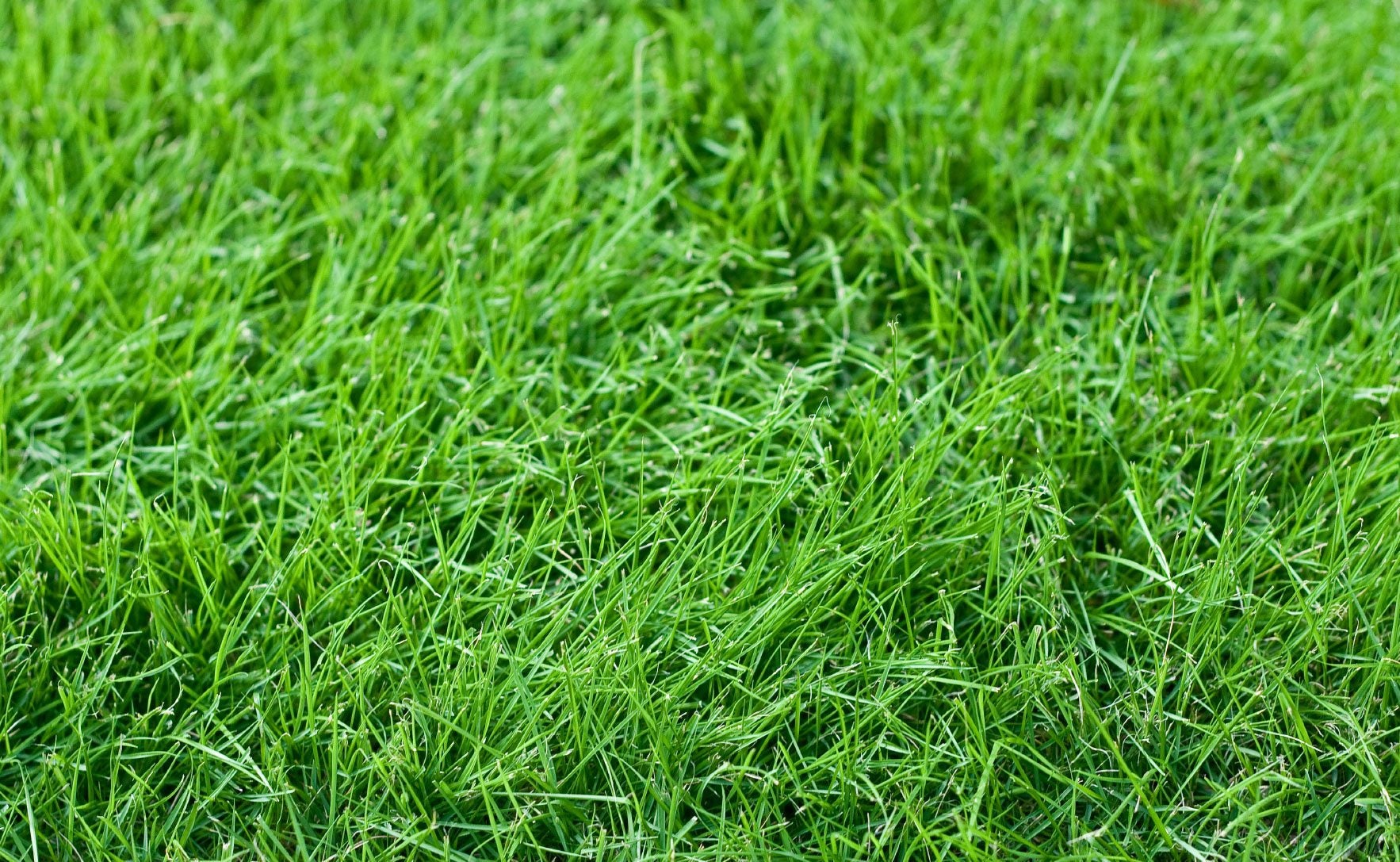 What Is A No-Mow Lawn: Tips For Creating A No-Mow Lawn
What Is A No-Mow Lawn: Tips For Creating A No-Mow LawnOne of the chores that the homeowner must do is mow the lawn. This tedious task helps form a healthy and beautiful turf but is time consuming. A perfect solution is a no mow lawn. What is a no mow lawn? Find out in this article.
By Bonnie L. Grant
-
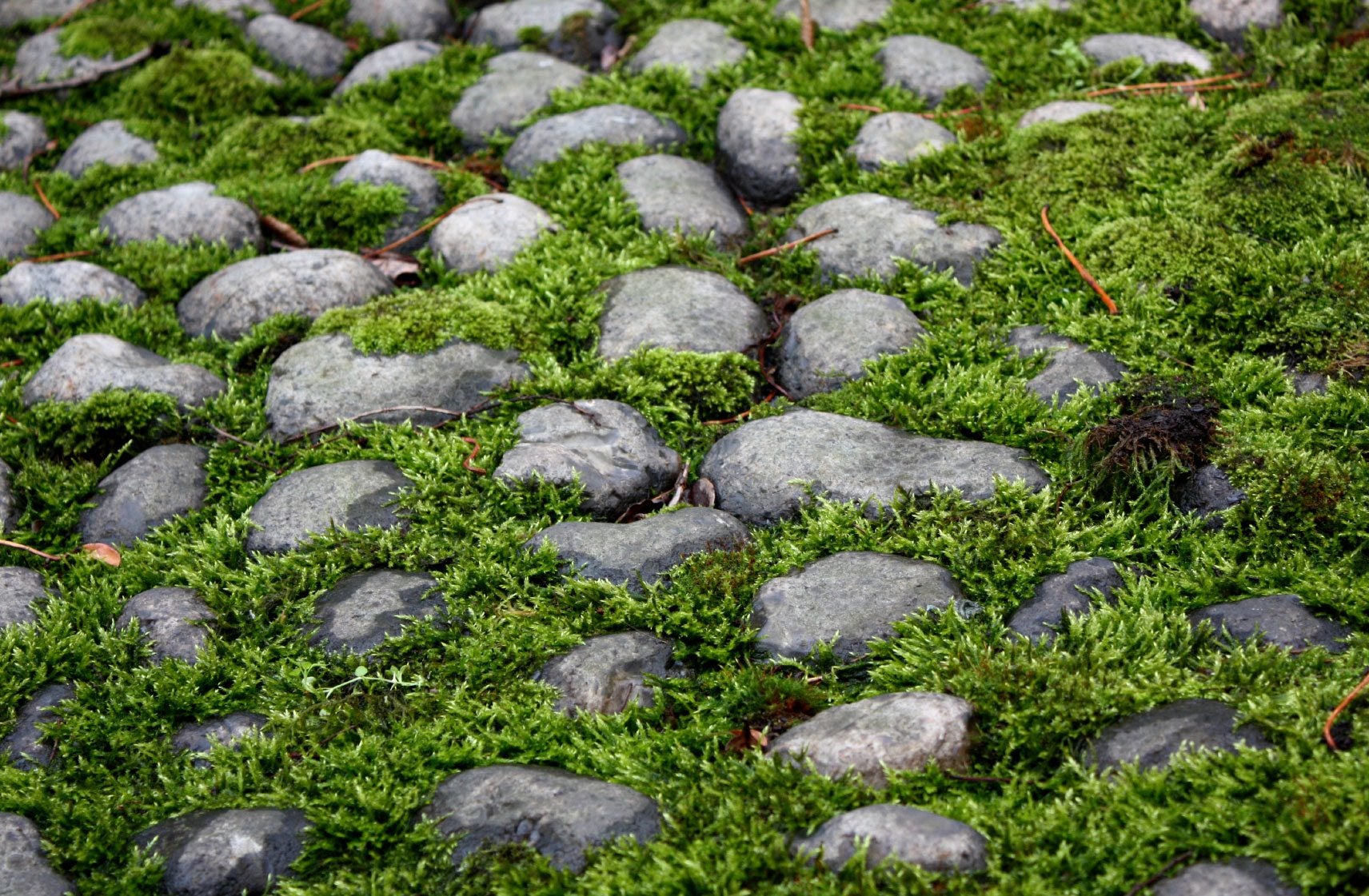 Alternatives To Grass: Learn About Lawn Alternatives In Cold Climates
Alternatives To Grass: Learn About Lawn Alternatives In Cold ClimatesGround covers and other lawn alternatives in cold climates are easier to care for and more environmentally friendly than traditional lawns. Read on to find out about cold area grass alternatives that are easy on your budget and your time.
By Jackie Carroll
-
 Lawn Alternative Plants For The South: Alternative Lawn Ideas In Warm Climates
Lawn Alternative Plants For The South: Alternative Lawn Ideas In Warm ClimatesAre you tired of all the work that goes into maintaining a nice lawn? And what about those hot climates? No one enjoys having to manage lawns when it's hot and sticky. Check out some of the warm area grass alternatives in this article.
By Jackie Carroll